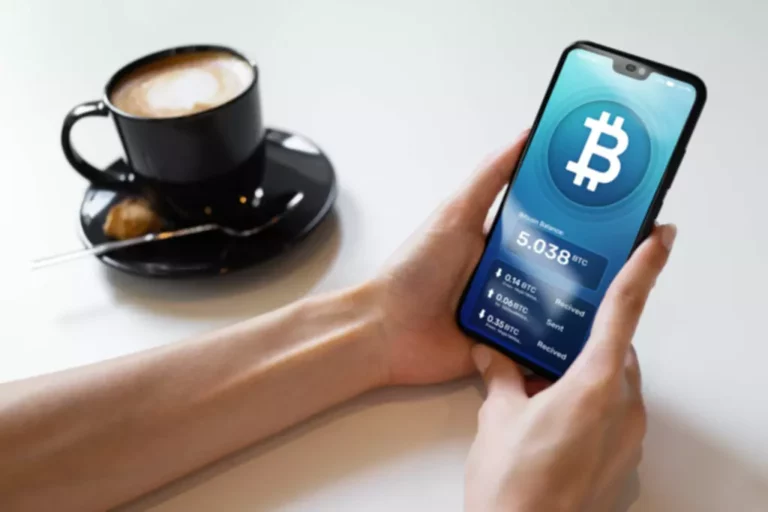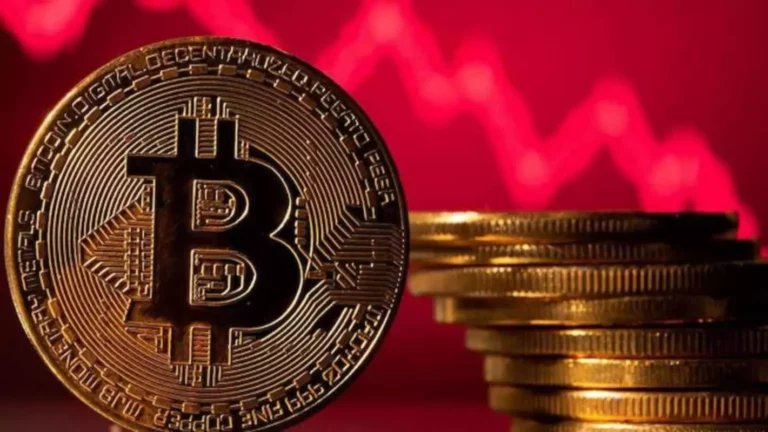When it’s time to utilize the funds, users import or sweep the private key into a compatible digital wallet, such as Electrum. Note that this function is generally not supported by standard crypto exchanges. A key security aspect of a paper wallet is its isolation from the network once the keys are printed.
Moreover, you want to get the best paper possible and high-quality ink to ensure the print’s longevity. For extra security, you can even consider printing your paper wallet with invisible ink. However, just like with any storage solution, there are pros and cons to paper wallets. In this article, we’ll explore all the benefits of paper wallets but also highlight all the downsides and risks that come with them.
In order to understand the concept of paper wallet blockchain, you need to understand crypto wallets. They are basically digital wallets that help you in storing, sending, and receiving cryptocurrencies. Now, you should understand the concept of public and private keys to know the basics of how crypto wallets work. Advanced users searching for a bitcoin mobile digital wallet, should look no further than mycelium. The Mycelium mobile wallet allows iPhone and Android users to send and receive bitcoins and keep complete control over bitcoins.
In essence, it doesn’t get much more secure than having your seed phrase written down offline and stored in a safe location. You’re in full control of your keys, and it’s impossible to hack a piece of paper. They generate the wallet and enable you to print the keys and QR code on paper. Anytime you’d like to access your asset, you can scan the QR on any non-custodial digital wallet or manually input your private keys.
It’s worth noting that there are different types of wallets available in the market today, each with its own approach to storing private keys securely. Some wallets store private keys on a physical medium like a hardware device or paper printout, while others use software-based encryption methods. Choosing the right wallet type is crucial to safeguarding your private keys effectively.
With a mobile app like the BitPay Wallet, users can securely store smaller amounts of crypto for everyday spending. It’s a dead-simple way for active crypto spenders to get the most out of their holdings. A hardware wallet can be thought of sort of like the bank’s vault, where stacks of gold bars and big bags with dollar signs on them are kept behind a giant steel door.
Therefore, you should generate your key offline via a trusted and open-source program. Compared to them, hardware wallets are paid solutions whose price varies depending on the brand and features. Furthermore, there’s a dependence on a device that can malfunction or become obsolete. Creating a paper wallet can be as simple as writing your keys down on paper to using an app to generate a QR code, and printing the key and code.
Let’s dive deeper into the evolution of paper wallets and how hardware wallets came to dominate the market. While keeping your paper wallet offline provides excellent protection, it’s also essential to have backups stored securely in different physical locations. In case of loss or damage to one copy, having additional backups ensures that you can still access your funds. However, be cautious when storing these copies and make sure they are well-protected from theft or unauthorized access. Choosing between paper and cold wallets ultimately depends on individual preferences and specific security needs. While paper wallets offer a straightforward and low-cost option for offline storage, they may lack some of the advanced security features found in cold wallets.
- Created by Bitpay, Copay is one of the best digital wallets on the market.
- Paper wallets were considered one of the safest ways to store cryptocurrency for several years.
- In essence, it doesn’t get much more secure than having your seed phrase written down offline and stored in a safe location.
- SoFi does not guarantee or endorse the products, information or recommendations provided in any third party website.
- It has been optimized for easy setup and underwent rigorous testing in all manner of extreme destructive conditions.
It offers convenience and ease of use in managing your digital assets on-the-go. Hot wallets are like digital wallets that you can access through your computer or smartphone. They are convenient for frequent transactions and quick access to your funds. With a hot wallet, you can easily send and receive cryptocurrencies whenever you need them. However, being connected to the internet makes them more vulnerable to hacking attempts or malware attacks compared to their cold counterparts. The level of security depends on the type of wallet you use (desktop, mobile, online, paper, hardware) and the service provider.
This means no one can hack your paper wallet or retrieve your keys unless they physically take the paper on which you have them stored. Removing them from your digital wallet also means that if you lose your paper wallet, you’ll not be able to gain access to those cryptocurrencies again. Some crypto exchanges also have integrated wallets, which allow users to store their crypto on the exchange. Exchange wallets are easy to use, but their security depends on the overall security of the exchange. Ideally, an exchange will offer users the option to use cold storage or multi-signature wallets.
Hardware wallets haven’t arrived yet significantly, making hot wallet solutions the go-to choice on the market. Most paper wallet services are browser based which are usually provided by a third party website. So when you are generating keys from these sites you are actually trusting the website http://www.grandbiology.com/biols-526-4.html operator. Let’s look at some of the reasons why you should avoid storing Bitcoins in a paper wallet. Paper wallets can also contain barcodes that holders can scan to access their assets. The main catch is that – once they are inaccessible to any other person, your assets are safe.
It is important to note that while public keys are visible to everyone on the blockchain, they do not reveal any personal information about you. They simply serve as an open door for others to send funds into your wallet securely. In order to do this, you must use cryptos whose blockchains support the paper wallet format. Cryptos like XRP, Stellar, or Cardano are incompatible with paper wallets. With just a few steps, you can create a secure paper wallet that can store your cryptocurrency safely.
Encryption adds an extra layer of security by making it difficult for unauthorized individuals to access your private key even if they gain access to your digital copies. Consider using a dedicated https://www.artalbum.ru/reklama.shtml computer or device solely for generating and printing paper wallets. By doing this, you minimize exposure to potential threats that may exist on other devices connected to the internet.
However, before we do that, let’s understand the difference between hot and cold wallets. The profoundly escalating levels of attention towards cryptocurrency are one of the foremost headlines in tech news and trends. As cryptocurrency adoption slowly finds momentum, crypto wallets are more likely to become a topic http://goweho.com/category/hype-2/industry/page/2 of discussion. Just like physical wallets for cash and credit/debit cards, you need crypto wallets for storing your cryptocurrency. However, the interesting fact about crypto wallets is that they don’t store your cryptocurrency. On the contrary, they store the private keys you need to access your crypto holdings.







